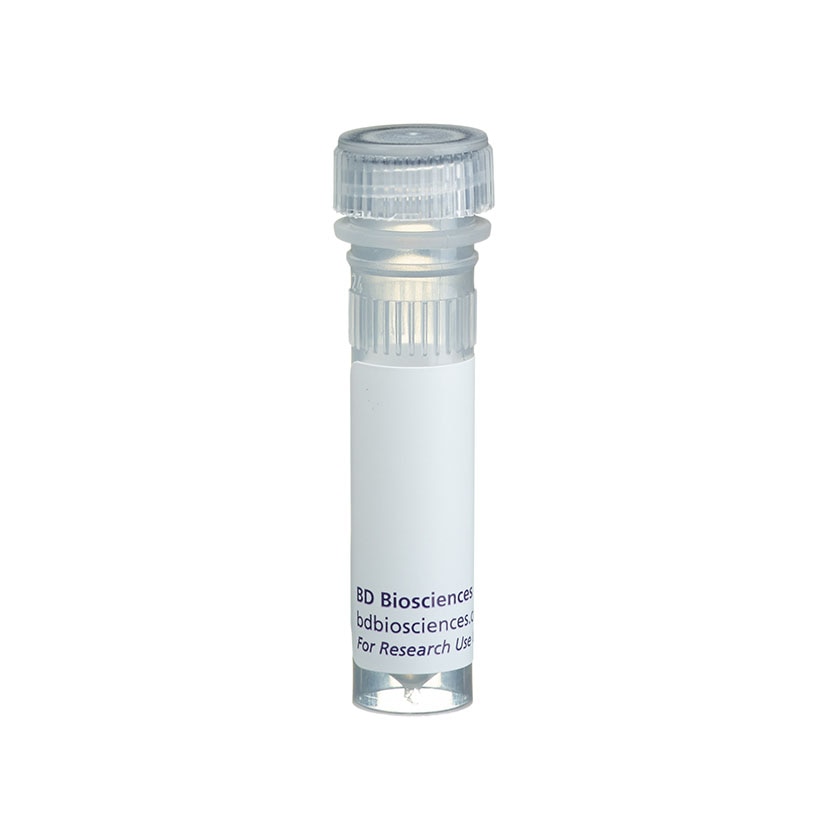-
Reagents
- Flow Cytometry Reagents
-
Western Blotting and Molecular Reagents
- Immunoassay Reagents
-
Single-Cell Multiomics Reagents
- BD® OMICS-Guard Sample Preservation Buffer
- BD® AbSeq Assay
- BD® Single-Cell Multiplexing Kit
- BD Rhapsody™ ATAC-Seq Assays
- BD Rhapsody™ Whole Transcriptome Analysis (WTA) Amplification Kit
- BD Rhapsody™ TCR/BCR Next Multiomic Assays
- BD Rhapsody™ Targeted mRNA Kits
- BD Rhapsody™ Accessory Kits
- BD® OMICS-One Protein Panels
- BD OMICS-One™ WTA Next Assay
-
Functional Assays
-
Microscopy and Imaging Reagents
-
Cell Preparation and Separation Reagents
Old Browser
This page has been recently translated and is available in French now.
Looks like you're visiting us from {countryName}.
Would you like to stay on the current location site or be switched to your location?
BD Pharmingen™ Biotin Mouse Anti-Human Eotaxin
Clone 10C11 (RUO)

Human Eotaxin ELISA Standard Curve



Regulatory Status Legend
Any use of products other than the permitted use without the express written authorization of Becton, Dickinson and Company is strictly prohibited.
Preparation And Storage
Recommended Assay Procedures
ELISA Detector: The biotinylated monoclonal antibody 10C11 (Cat. No. 555060) is useful as a detection antibody in a sandwich ELISA for measuring human eotaxin protein levels. Biotinylated monoclonal antibody 10C11 can be paired with the purified monoclonal antibody 3C7 (Cat. No. 555035) with recombinant human eotaxin (Cat. No. 555102) as the standard. Biotinylated monoclonal antibody 10C11 should be titrated to determine its optimal concentration for ELISA detector (0.5 - 2.0 µg/ml). To obtain linear standard curves, doubling dilutions of recombinant human eotaxin (Cat. No. 555102) ranging from ~1000 to 20 pg/ml are recommended for inclusion in each ELISA plate. For specific methodology, please visit the protocols section or chapter on ELISA in the Immune Function Handbook, both of which are posted on our web site, www.bdbiosciences.com.
Note 1: This ELISA pair shows no cross-reactivity with any of the chemokines tested (human MCP-1, MCP-2, MCP-3, MCP-4, MIP-1α, MIP-1β mouse Eotaxin, MCP-1; and rat MCP-1).
Note 2: This ELISA pair is recommended primarily for measuring cytokine from experimental cell culture systems. For assay of serum or plasma samples, the specially formulated BD OptEIA™ Human Eotaxin ELISA Set, Cat. No. 555175 is recommended.
Western Blot: The purified 10C11 antibody has been reported to be useful for Western Blotting. Please note that this application is not routinely tested at BD Biosciences Pharmingen.
Product Notices
- Since applications vary, each investigator should titrate the reagent to obtain optimal results.
- Please refer to www.bdbiosciences.com/us/s/resources for technical protocols.
- Caution: Sodium azide yields highly toxic hydrazoic acid under acidic conditions. Dilute azide compounds in running water before discarding to avoid accumulation of potentially explosive deposits in plumbing.
The monoclonal antibody 10C11 reacts with human chemokine eotaxin. The immunogen used to generate the monoclonal antibody 10C11 was synthetic human eotaxin.
This antibody is routinely tested by ELISA detection. Other applications were tested at BD Biosciences Pharmingen during antibody development only or reported in the literature.
Development References (1)
-
Ponath PD, Qin S, Ringler DJ, et al. Cloning of the human eosinophil chemoattractant, eotaxin. Expression, receptor binding, and functional properties suggest a mechanism for the selective recruitment of eosinophils. J Clin Invest. 1996; 97(3):604-612. (Clone-specific). View Reference
Please refer to Support Documents for Quality Certificates
Global - Refer to manufacturer's instructions for use and related User Manuals and Technical data sheets before using this products as described
Comparisons, where applicable, are made against older BD Technology, manual methods or are general performance claims. Comparisons are not made against non-BD technologies, unless otherwise noted.
Please refer to Support Documents for Quality Certificates
Global - Refer to manufacturer's instructions for use and related User Manuals and Technical data sheets before using this products as described
Comparisons, where applicable, are made against older BD Technology, manual methods or are general performance claims. Comparisons are not made against non-BD technologies, unless otherwise noted.
For Research Use Only. Not for use in diagnostic or therapeutic procedures.